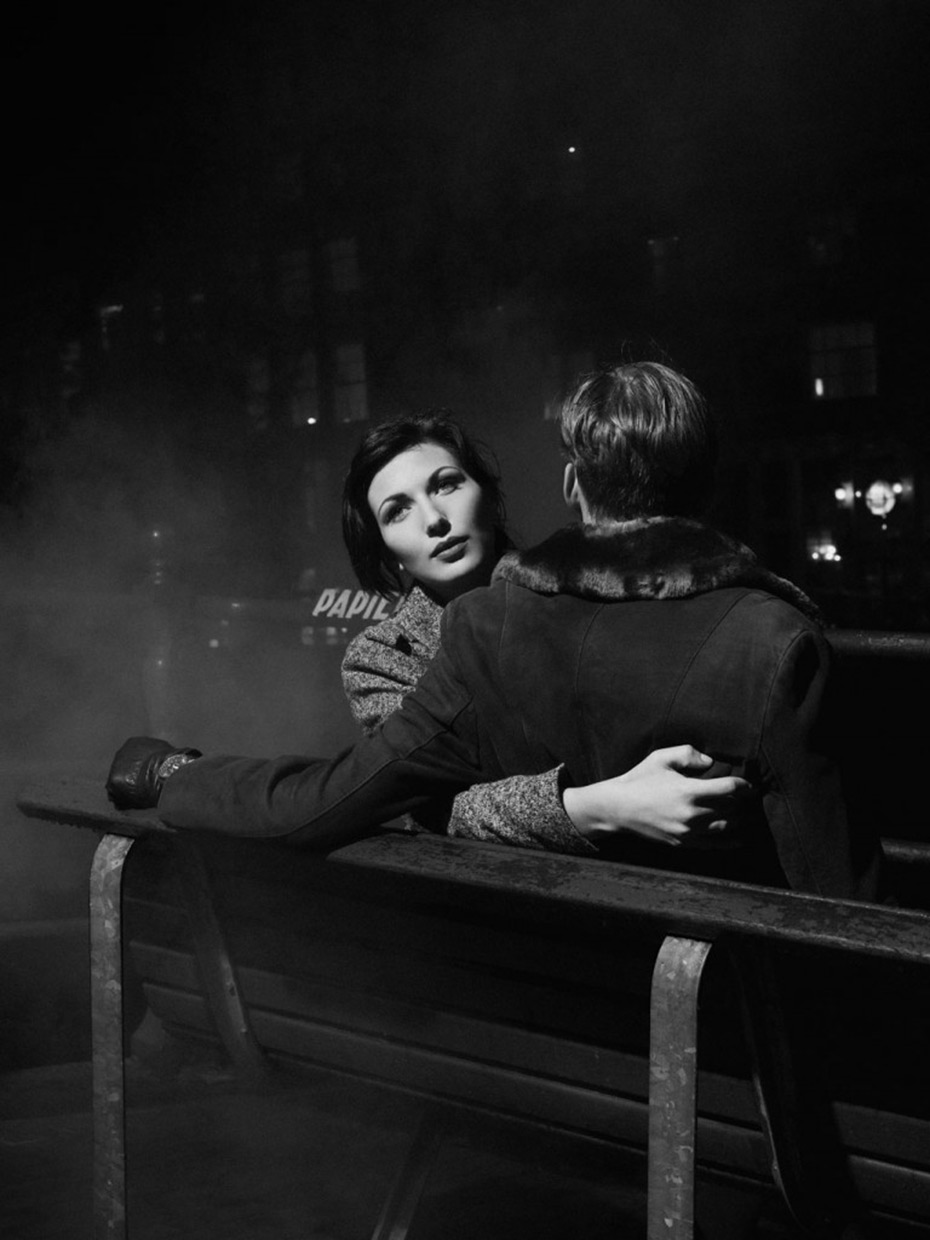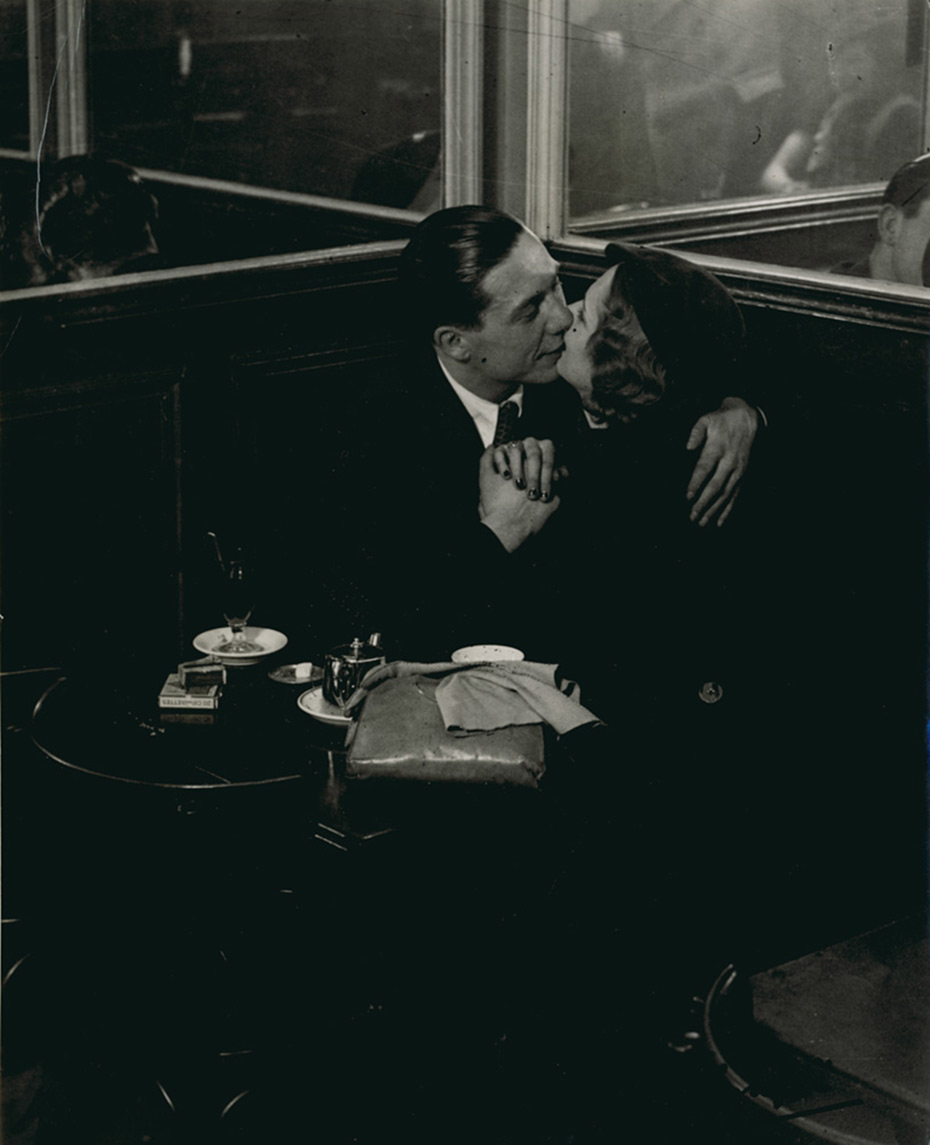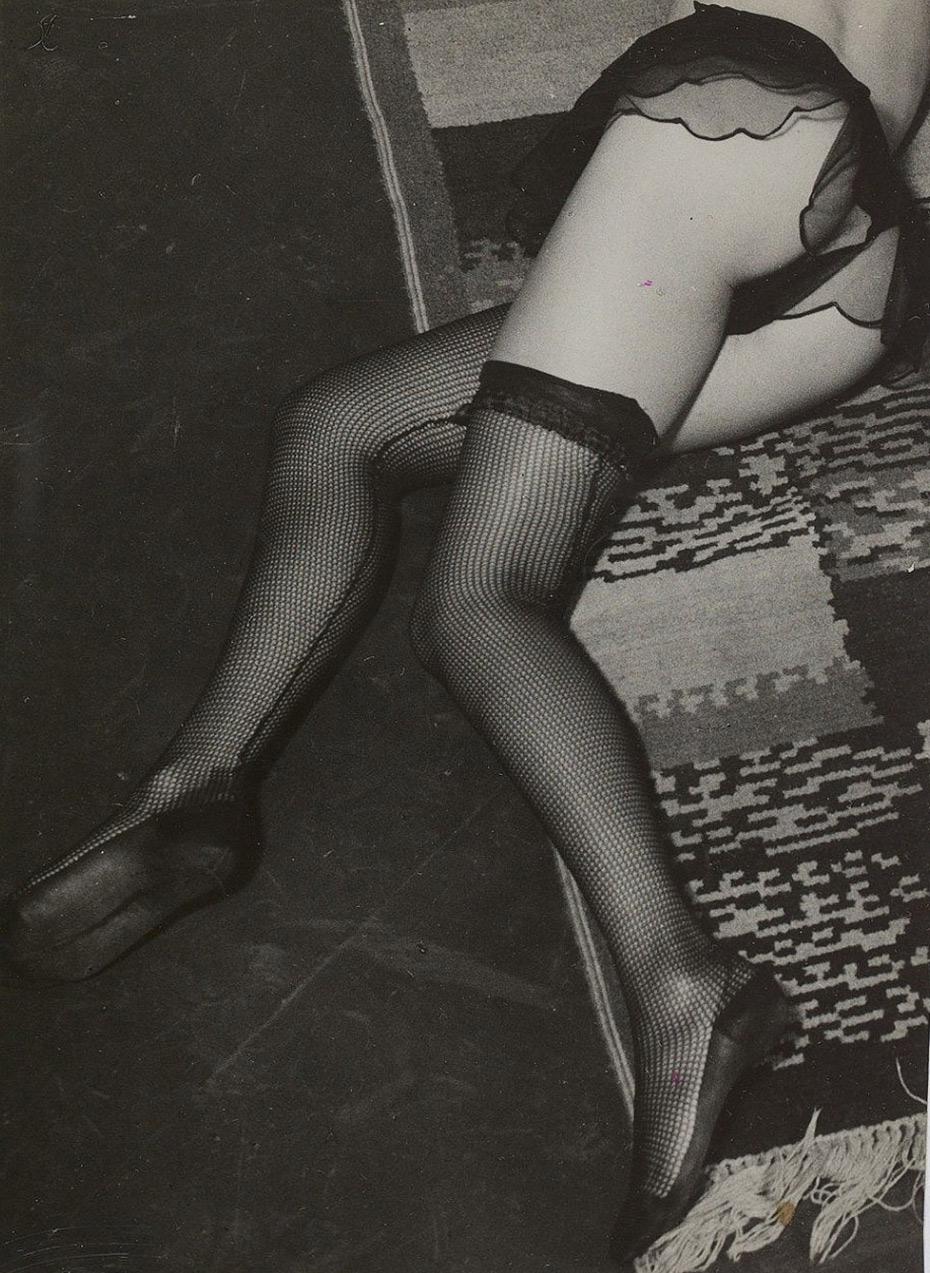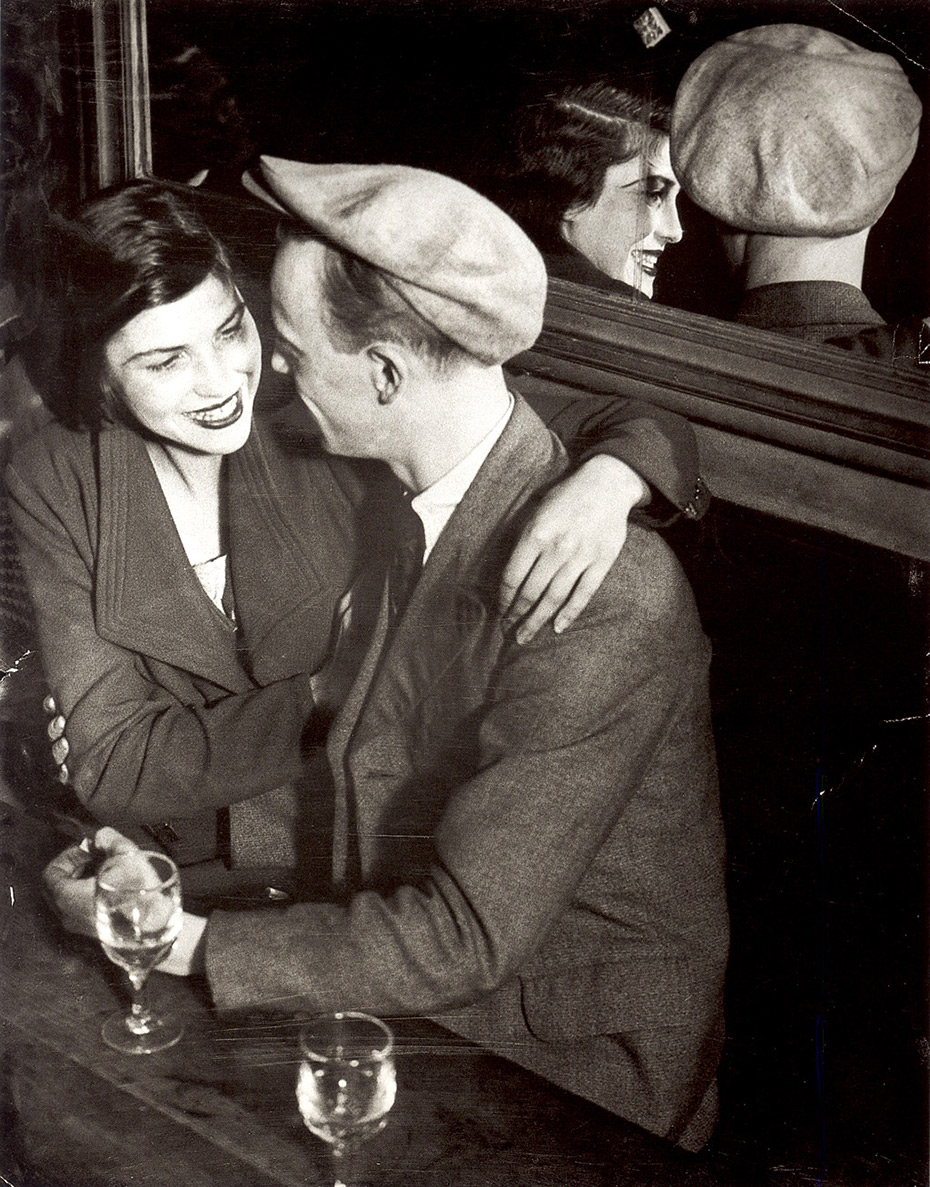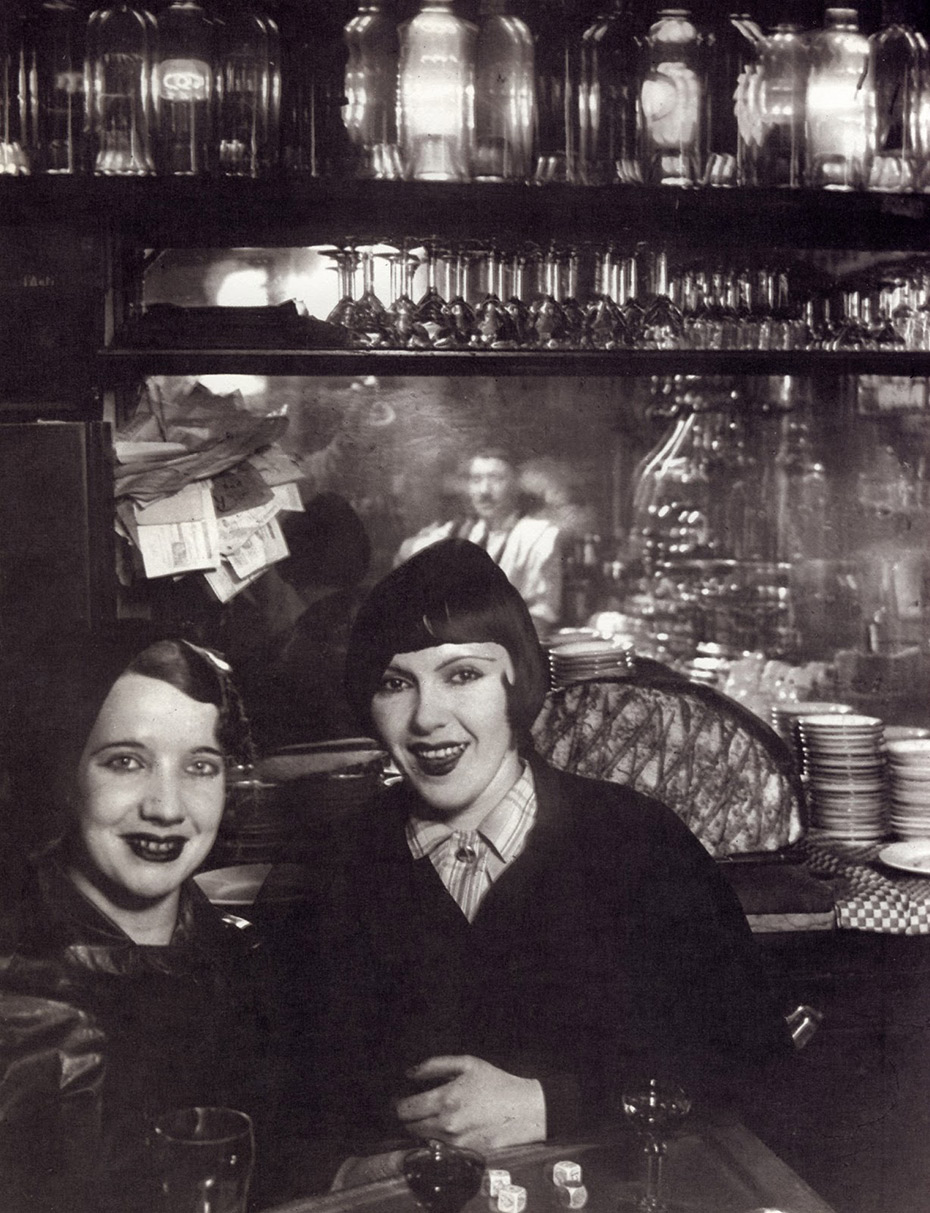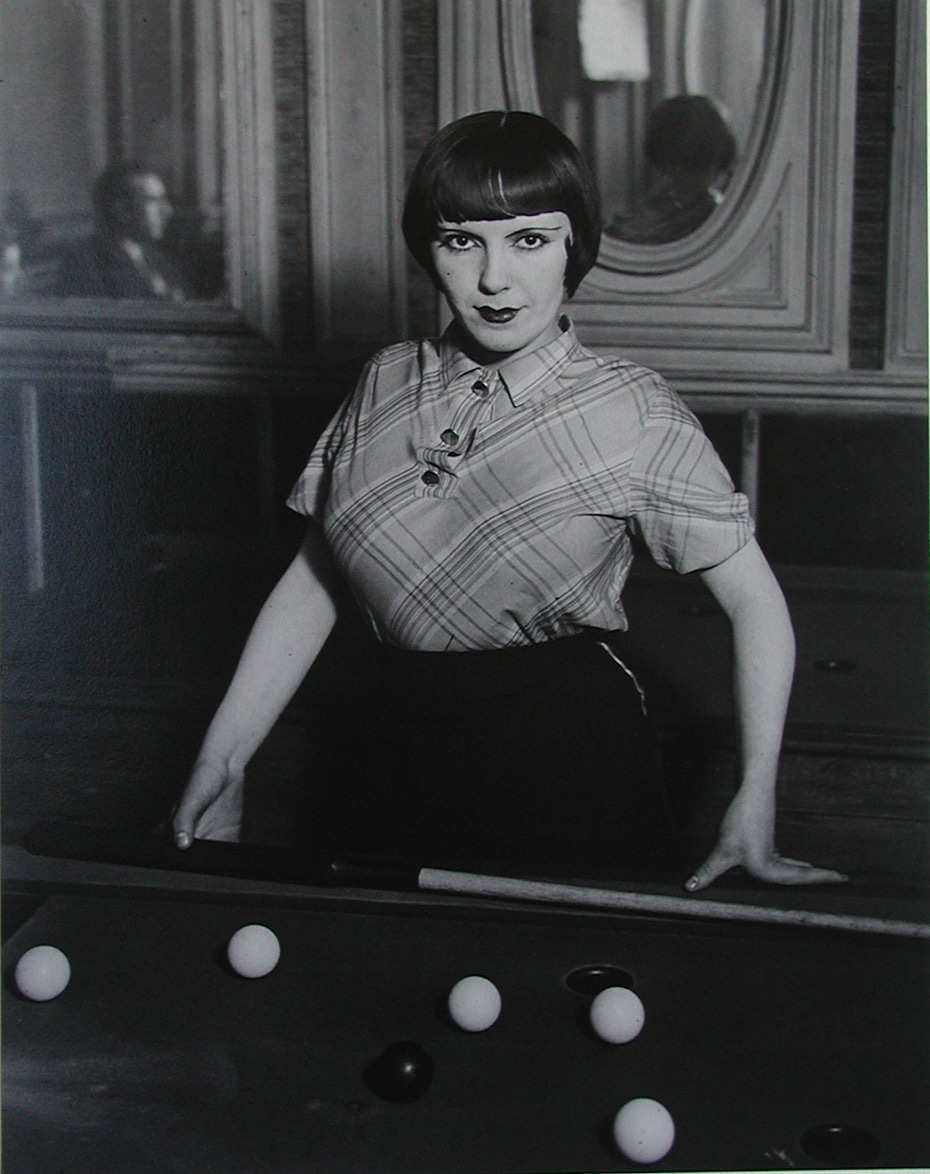One of the most renowned photographers of the interwar period, Brassaï’s reputation rests on contributions to both commercial and avant-garde photography. His long-time friend, the author Henry Miller, nicknamed him “The Eye of Paris” for his devotion to the city, and he was close to many of its artists. His enduring relationship with Picasso in particular yielded many famous portraits of the artist, as well as important books. His first photo-book, published in 1933 and entitled Paris de nuit (published in English as Paris After Dark), remains the most famous exploration of the city’s hidden underbelly, and is considered a classic of early street photography. His series of photo-books of Paris graffiti have also been hugely influential.
 Born Gyula Halász, in the Transylvanian town of Brassó, he was trained as a painter in Budapest, and then in Berlin. He moved to Paris in 1924 and supported himself as a journalist, writing for publications throughout Europe and the United States (it was in Paris that he changed his name to Brassaï, meaning “from Brassó”). He only turned to photography to document his articles but eventually he became enchanted with the medium. At night he would venture out to capture the city’s deserted streets, its shadowed monuments, and those who only emerged after dark – prostitutes, street cleaners, and rag pickers – many of whom he captured in candid photographs. From 1943-45, when working as a photographer was difficult due to the German occupation, Picasso encouraged him to return to drawing, and later sculpture. He was also an accomplished writer and painter. But Brassaï’s career as a photographer resumed after the war and continued through the late 1960s; it includes work for periodicals including Harper’s Bazaar, Picture Post, and Surrealist magazines such as Verve and Minotaur. He is buried in Montparnasse Cemetery in Paris.
Born Gyula Halász, in the Transylvanian town of Brassó, he was trained as a painter in Budapest, and then in Berlin. He moved to Paris in 1924 and supported himself as a journalist, writing for publications throughout Europe and the United States (it was in Paris that he changed his name to Brassaï, meaning “from Brassó”). He only turned to photography to document his articles but eventually he became enchanted with the medium. At night he would venture out to capture the city’s deserted streets, its shadowed monuments, and those who only emerged after dark – prostitutes, street cleaners, and rag pickers – many of whom he captured in candid photographs. From 1943-45, when working as a photographer was difficult due to the German occupation, Picasso encouraged him to return to drawing, and later sculpture. He was also an accomplished writer and painter. But Brassaï’s career as a photographer resumed after the war and continued through the late 1960s; it includes work for periodicals including Harper’s Bazaar, Picture Post, and Surrealist magazines such as Verve and Minotaur. He is buried in Montparnasse Cemetery in Paris.
Brassaï was the subject of several major exhibitions during his lifetime, and recent retrospectives have included “Brassaï: The Soul of Paris,” at the Centre Pompidou, Paris, 2000 (toured to the Hayward Gallery, London); and “Brassaï: The Eye of Paris,” at the Museum of Fine Arts, Houston, 1998 (toured to J Paul Getty Museum, Los Angeles; National Gallery of art, Washington, D.C.). His publications include Le Paris secret des années 30 (1976); Conversations avec Picasso (1964); and, co-authored with Picasso, Graffiti (1960). He was the recipient of several major awards, including the Gold Medal for Photography at the Venice Biennale (1957), the first Grand Prix National de la Photographie (1978), the Chevalier des Arts et des Lettres (1974), and the Chevalier de l’Order de la Legion d’honneur (1976). His film, Tant qu’il aura des bêtes won Most Original Film at the 1956 Cannes Film Festival.
Source: http://www.houkgallery.com/artists/brassai/ + http://en.wikipedia.org/wiki/Brassaï
